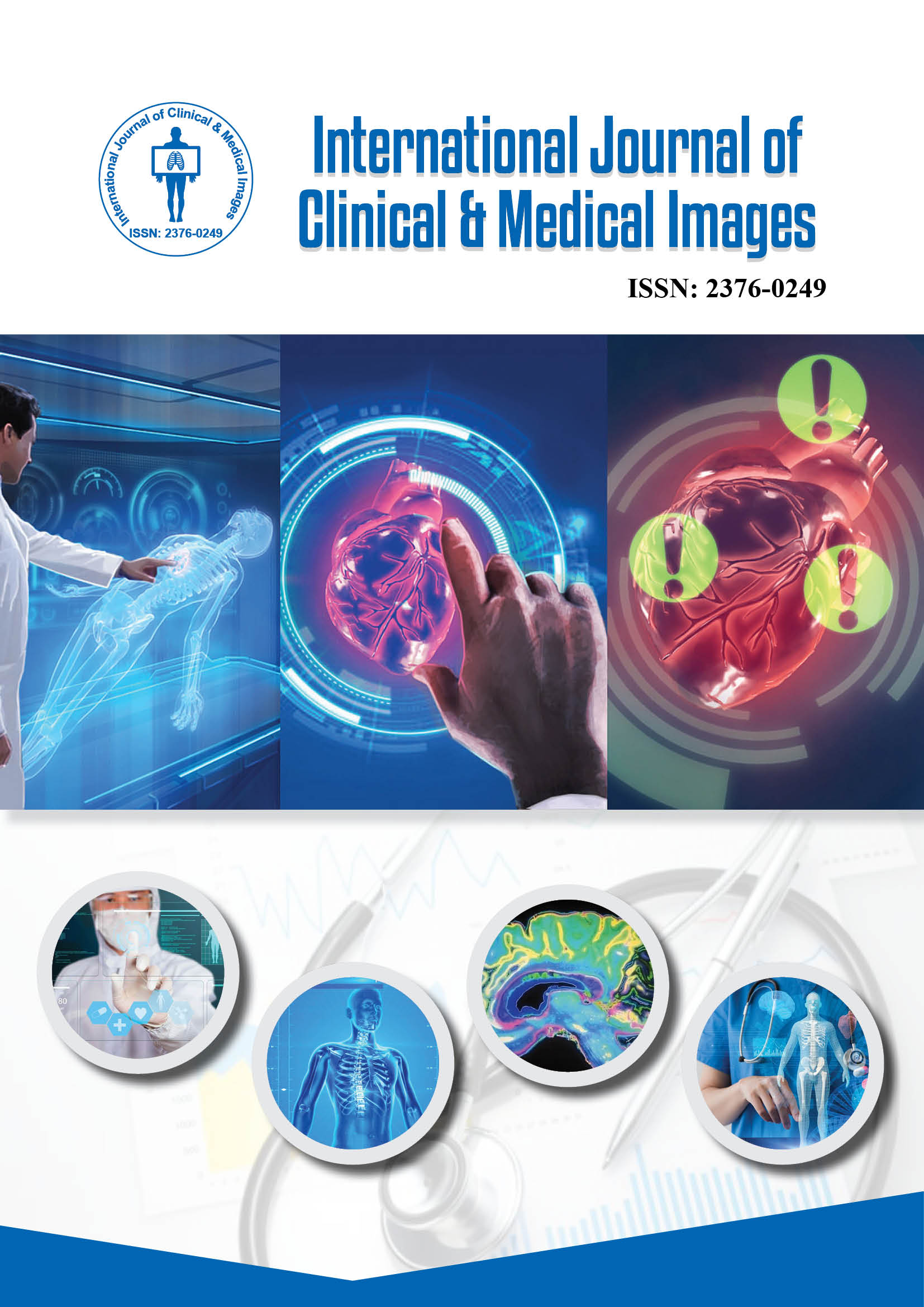2376-0249
Editorial - International Journal of Clinical & Medical Images (2025) Volume 12, Issue 2
Author(s): Jibon Howard
Renal imaging is an essential component of modern nephrology and urology, providing critical insights into the structure, function and pathology of the kidneys and urinary tract. Accurate interpretation of imaging studies is vital for the diagnosis, treatment planning and follow-up of a wide range of renal conditions, from congenital anomalies and infections to tumors and chronic kidney disease. By simplifying complex imaging data into clinically relevant information, healthcare professionals can make informed decisions that directly impact patient outcomes. Techniques such as ultrasound, Computed Tomography (CT), Magnetic Resonance Imaging (MRI) and nuclear medicine play complementary roles in the evaluation of renal health, each offering distinct advantages depending on the clinical scenario [1].
Ultrasound remains the first-line modality in renal imaging due to its safety, accessibility and non-invasive nature. It allows real-time visualization of renal parenchyma, collecting systems and blood flow, providing essential information on kidney size, morphology and presence of obstruction or masses. Doppler ultrasound further enhances evaluation by assessing renal perfusion, vascular anomalies and hemodynamic changes associated with conditions such as renal artery stenosis. In both acute and chronic settings, ultrasound is invaluable for identifying hydronephrosis, calculi, cysts and tumors, offering a rapid and cost-effective tool for initial assessment and ongoing monitoring.
The clinical application of renal imaging extends beyond diagnosis to therapeutic planning and monitoring. Accurate identification of the size, location and vascular supply of renal lesions informs surgical and interventional strategies, including nephron-sparing surgery, ablation procedures and angiographic interventions. In patients with chronic kidney disease, imaging allows early detection of structural changes, aiding in disease management and the prevention of complications. Furthermore, combining imaging modalities enhances diagnostic confidence, as anatomical findings from CT or MRI can be correlated with functional data from ultrasound or nuclear studies, creating a comprehensive understanding of renal health [2].
In conclusion, renal imaging is a cornerstone of effective clinical practice, offering vital insights into the anatomy, function and pathology of the kidneys and urinary tract. Ultrasound, CT, MRI and nuclear medicine collectively provide a toolkit that enables clinicians to diagnose accurately, plan interventions and monitor outcomes. By simplifying interpretation and emphasizing clinical application, renal imaging empowers healthcare professionals to deliver precise, patient-centered care, improving outcomes across a wide spectrum of renal conditions.
Renal Imaging, Kidney Diagnostics, Clinical Radiology
None.
None.
Google Scholar Cross Ref Indexed at
 Awards Nomination
Awards Nomination

